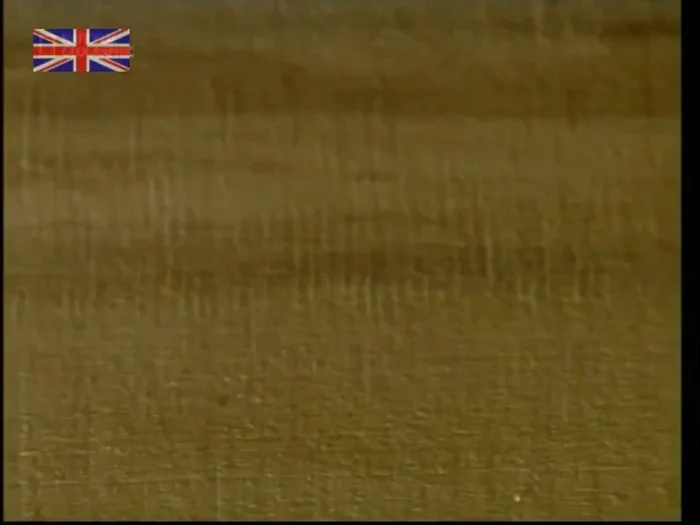Wooden coat hangers: a seemingly simple item, yet their production involves a surprisingly intricate process demanding efficiency and precision. From the selection of sustainable timber to the final finishing touches, each stage contributes to the overall quality and cost-effectiveness of the product. The global demand for eco-friendly and durable clothing storage solutions fuels the need for optimized manufacturing techniques, pushing manufacturers to continuously refine their processes for increased output and reduced waste. This is especially crucial in the face of rising material costs and growing environmental concerns.
This article will delve into a step-by-step guide outlining an efficient wooden coat hanger manufacturing process, highlighting key improvements and innovations that contribute to a streamlined and profitable operation. We will explore techniques ranging from timber sourcing and preparation to the crucial shaping, finishing, and quality control procedures, ultimately showcasing how a well-managed production line can create high-quality hangers while minimizing environmental impact.
Preparation and Safety Guidelines
- Sawmill
- Curved Saw
- Wood Shaping Machine
- Sanding Machine
- Drilling Machine
- Hammer
- Varnish Bath
- Support Bar Nailer
- Hooking Machine
- Always use appropriate safety gear, including eye protection, hearing protection, and gloves, when operating machinery.
- Ensure machinery is properly maintained and regularly inspected to prevent malfunctions and accidents. Follow all manufacturer's safety guidelines.
- Be aware of potential wood splinters and take precautions to avoid injury. Handle wood carefully and consider wearing protective clothing.
Step-by-Step Instructions
Raw Material Preparation
- Log Selection and initial cutting
- Bark removal


Raw Material Preparation Initial Shaping
- Shaping Square Panels into Banana shape using curved saw

Initial Shaping Adding Hanger Features
- Adding coat hanger features using wood shaping machine
- Cutting into smaller pieces from larger chunks


Adding Hanger Features Drying and Finishing
- Drying the wood for 2 weeks to prevent warping
- Sanding the hangers smooth


Drying and Finishing Hole Preparation and Finishing
- Drilling holes for hooks
- Varnishing for added robustness


Hole Preparation and Finishing Adding Support and Hooks
- Adding support bar for trousers
- Attaching hooks using a hooking machine

Adding Support and Hooks
Read more: Build a Stunning Black Walnut Coaster Set: The Ultimate Furniture Protector
Tips
- Use Beechwood for its strength and low sap production
- Slow drying process prevents warping









